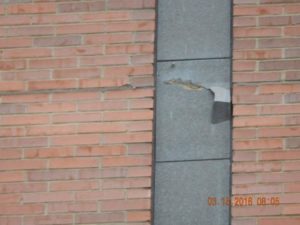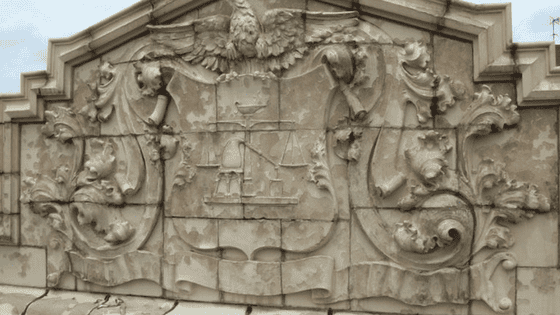We’ve all heard the old adage, “If these walls could talk!” As it turns out, the walls of our buildings do in fact talk to us. Walls can crack, fracture, and show visible damage because of weather, time, and natural building movements. So if terra cotta walls could talk, what might they be trying to tell us?
The answer isn’t so simple when it comes to terra cotta. When terra cotta walls begin to talk, you usually won’t know what they’re trying to say – but it’s vital that you figure it out. Terra cotta damage often lies under the surface, and visible symptoms are merely indicators of a more serious issue.
If you own, work, or live in a terra cotta building, here’s the type of damage you should look for on the surface. These occurrences are warning signs:
– Spalling or chipping of the glaze or bisque
– Open joints in the mortar between the terra cotta units
– Fractures and cracks in the terra cotta
– Deflection such as sagging, drooping, or bowing
– Pieces or shards falling off
– Look above windows and at corners, what do you see?

All the warning signs above might indicate damage under the surface such as corroded anchors, trapped moisture, or deterioration of the structure. The best way to truly determine what’s going on is with a proper building assessment.
No matter how or why the damage occurs, restoring and maintaining terra cotta is a science unto itself. It should only be undertaken by professionals with a true and complete understanding of the symptoms and causes of deterioration.
If you think your wall is talking to you, please call Trisco at 419-339-3906. We would be happy to discuss the issue with you.
If you’re interested in replacing pieces of terra cotta, read this first.

